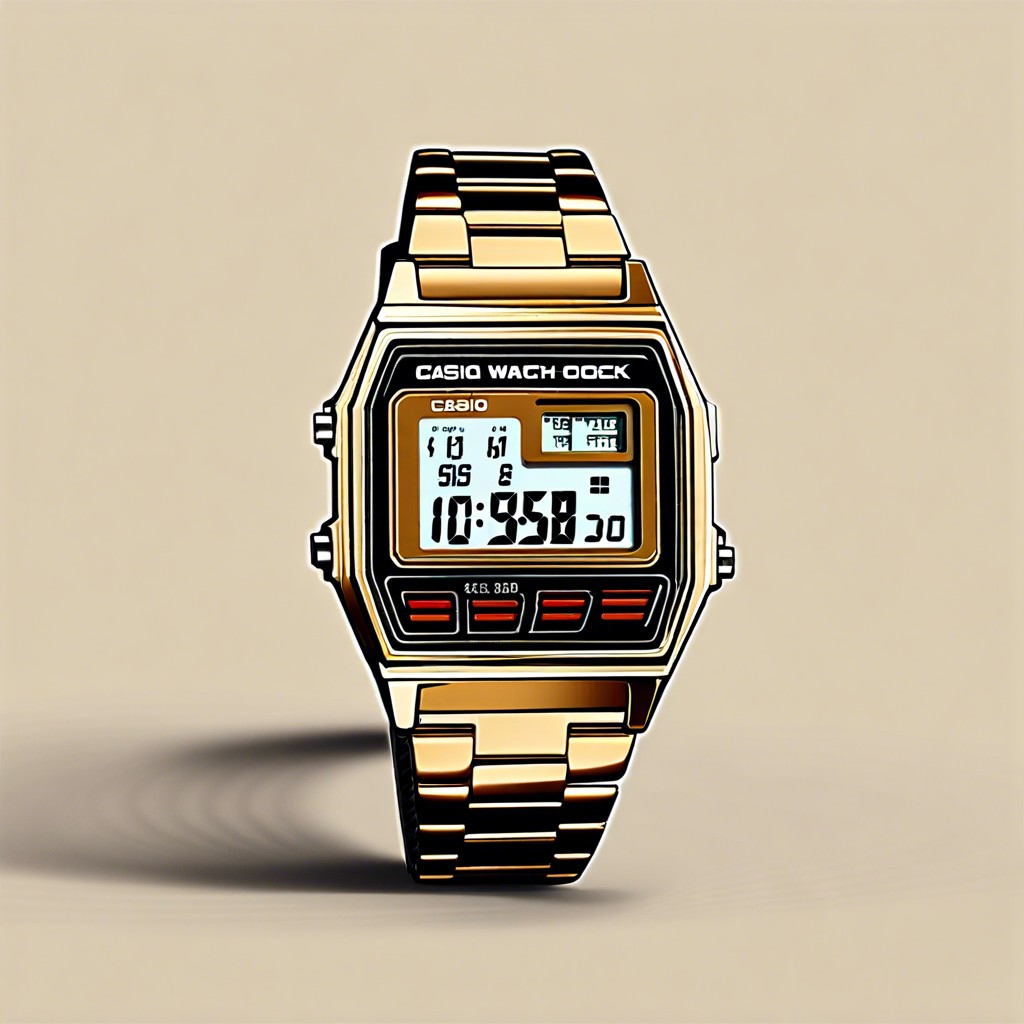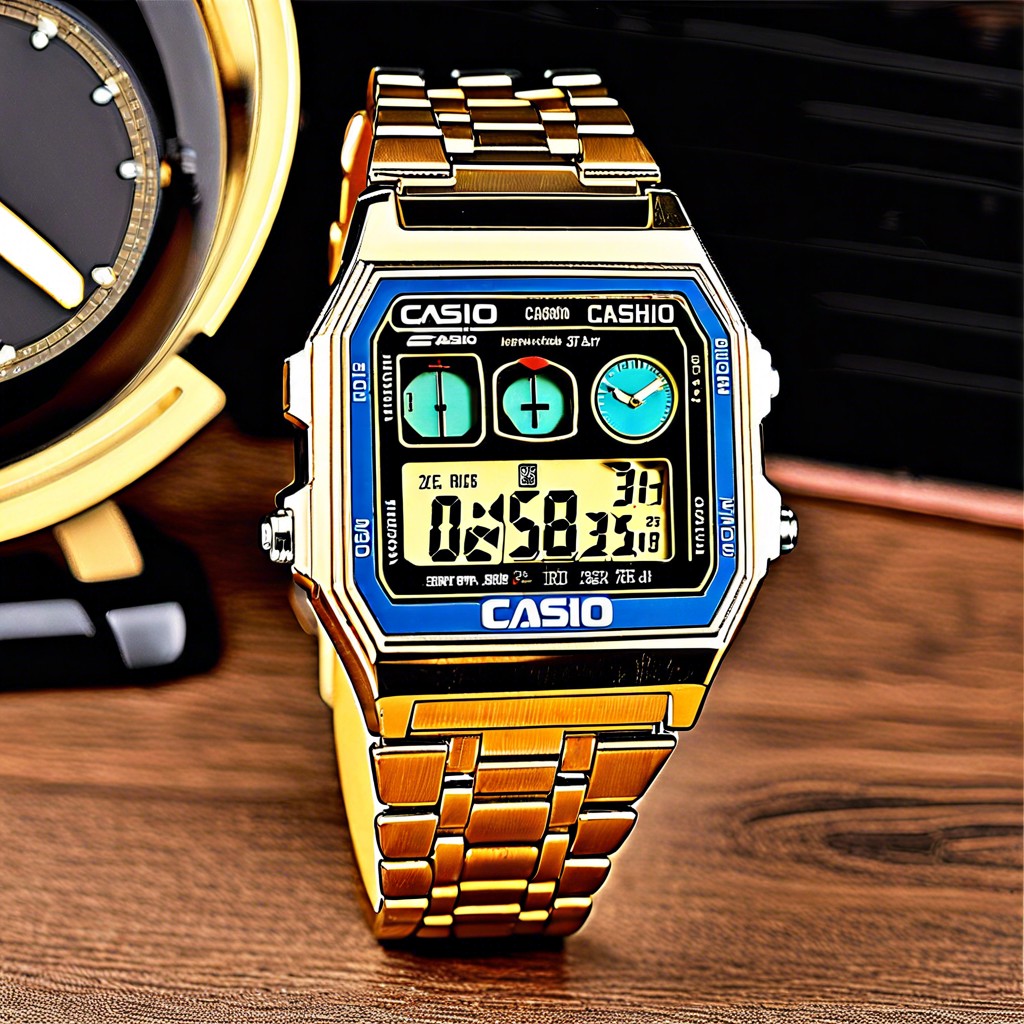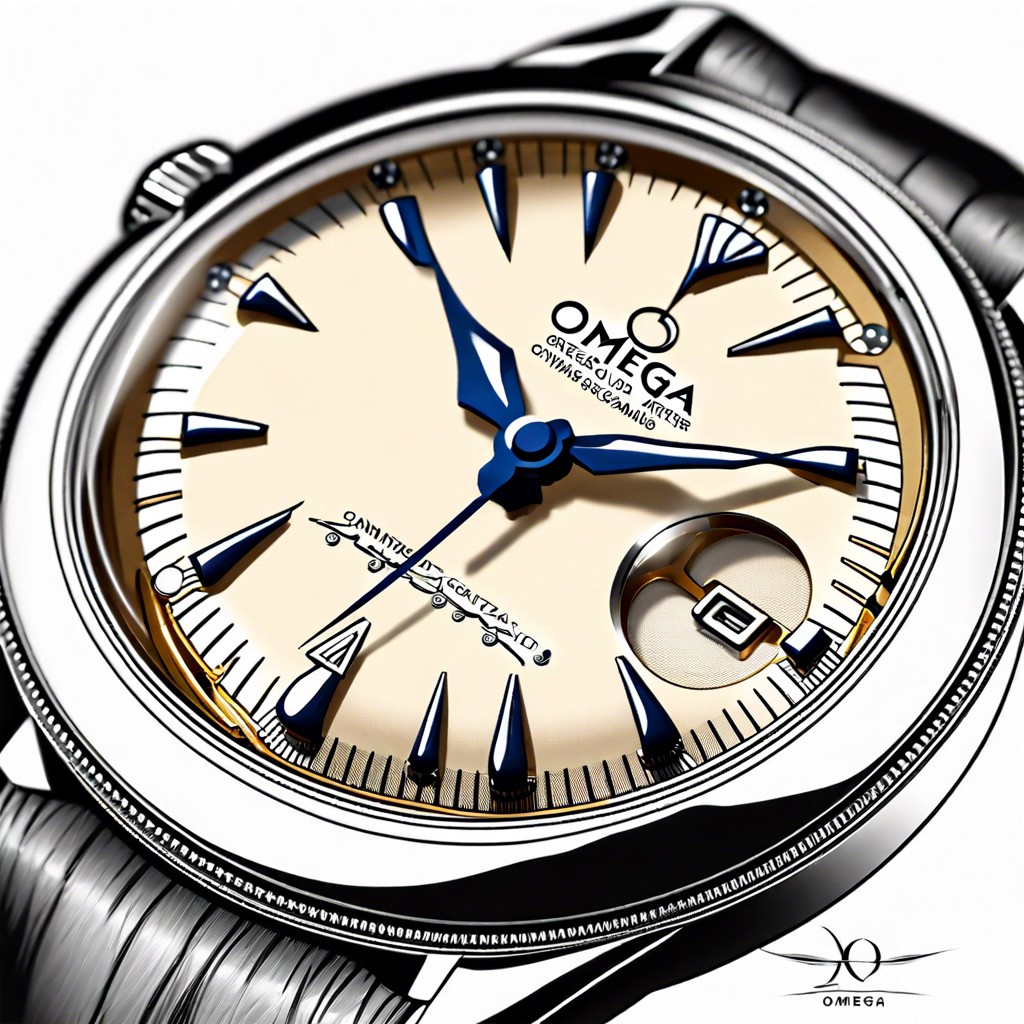Last updated on
Discover the enduring allure and functionality of Casio vintage watches and their impact on wristwatch culture.
Key takeaways:
- CASIO Vintage Watches pioneered digital watch innovation in the 1970s.
- Iconic models include CASIO F-91W, G-SHOCK, and calculator watches.
- CASIO Vintage Watches are characterized by resin material and diverse designs.
- Tips for collecting CASIO Vintage Watches: authentication, condition, parts availability, market demand, historical significance, and price research.
- Vintage CASIO watches emphasize simplicity and nostalgia, while modern CASIO watches feature advanced technology and durability.
History of CASIO Vintage Watches

Casio Computer Co., Ltd., founded in 1946, ventured into the world of timekeeping in the 1970s. The release of the CASIOTRON in 1974 marked a significant milestone; it was one of the first digital watches that could automatically determine the number of days in a month.
The 1980s heralded the era of CASIO’s most recognized contributions to the watch industry, including the G-SHOCK series. Launched in 1983, the G-SHOCK became synonymous with toughness and durability, able to withstand the rigors of extreme activities.
During the same period, the CASIO F-91W was introduced and became an instant classic. Released in 1989, its simple design, long battery life, and affordability made it an iconic timepiece with enduring popularity.
Casio continuously redefined the market through technology and durability. The brand’s vintage era is characterized by innovation, with developments such as calculator watches and illuminator watches expanding the functionality and appeal of wrist wear.
Iconic CASIO Vintage Models

Among the most recognizable vintage models is the CASIO F-91W, introduced in 1991. This digital watch is celebrated for its reliability, simple design, and remarkable 7-year battery life. With features including an alarm, stopwatch, and backlight, it’s a staple for practicality.
The G-SHOCK series, launched in 1983 with the DW-5000C model, set a new standard for toughness. Designed by engineer Kikuo Ibe, these watches are built to withstand mechanical shock and vibration. Notable for their rugged aesthetics, they come equipped with a range of functionalities from solar power to world time.
In the analog realm, the CASIO AQ-230 stands out for blending digital displays within a traditional watch face. It offers dual time features, combining elegance with utility. Its unique look makes it a sought-after piece for vintage style enthusiasts.
The calculator watch series, particularly the CA-53W introduced in the 1980s, is emblematic of CASIO’s innovative union of technology and timekeeping. These watches became a pop culture icon and remain a nostalgic nod to the era.
For lovers of music, the CASIO Databank series, especially the CD-40 which debuted in 1983, incorporated data storage capabilities alongside a built-in calculator. It embodies the technological optimism of the time and CASIO’s creativity in watch functionality.
Collectors also cherish the CASIO Marlin series for their water-resistant qualities, making them ideal for sports enthusiasts. These timepieces, with their diving abilities, combine functionality with the vintage look, a desired quality in the realm of collectible watches.
These models capture the essence of CASIO’s innovation in the 1980s and 1990s, reflecting the brand’s commitment to practical functionality and unique design.
Material and Design: Resin Watches Explored

Resin, a durable plastic polymer, is synonymous with the CASIO aesthetic. It lends itself to lightweight comfort and practical durability, key features that have appealed to watch enthusiasts and everyday users alike. The material’s malleability at high temperatures allows it to be shaped into any form, leading to the diverse range of CASIO watch designs.
The matte finish on most vintage resin CASIO watches is not just for style; it provides a non-reflective surface, ideal for sports and outdoor activities. This finish also has the added benefit of masking minor scratches, helping these timepieces maintain their appearance over time.
In terms of design, the use of resin facilitated the creation of various shapes and sizes within the CASIO vintage line. Its flexibility meant that even intricate designs could be achieved without compromising the watch’s integrity. The integration of the digital display, typical of CASIO watches, with the resin’s properties, resulted in a seamless look that combined form and function.
Color options were another advantage of resin as a material. From neutrals to vibrant tones, resin could be easily colored during manufacturing, offering a broad palette for personal expression, a feature that has contributed to the collectability of these timepieces.
Collecting CASIO Vintage: A Buyer’s Guide

When embarking on the journey of collecting CASIO vintage watches, consider the following points to make informed decisions:
Authentication is key. Verify originality through model numbers, product stamps, or by consulting a specialist to avoid counterfeit items.
Condition matters. Check for signs of wear, scratches on the crystal, and the state of the strap. A well-preserved piece is more valuable.
Availability of parts. Ensure replacement parts like bezels or bands are accessible. Some vintage models have scarce parts, affecting repair and value.
Market demand. Research current trends to gauge which models are sought after, thus potentially more lucrative investments.
Historical significance. Watches tied to events or milestones often carry premium value.
Price research. Compare prices across different platforms to find the best deal. Remember, unusually low prices might indicate a lack of authenticity.
By keeping these points in mind, collectors can make savvy choices and potentially find gratifying pieces that enrich their collections and hold value over time.
CASIO Vintage Vs. Modern CASIO: A Comparison

Vintage CASIO watches are a testament to the brand’s history, reflecting design trends and technology from their time of production. They often feature simpler digital displays and functions such as alarms, stopwatches, and sometimes calculators. Their retro appeal lies in their simplicity and the nostalgia they evoke.
Modern CASIO watches, such as those in the G-SHOCK and Edifice lines, incorporate advanced technology like solar power, atomic timekeeping, and Bluetooth connectivity. Designs are more diverse, with a range of colors, materials, and sizes to suit different tastes and activities. Modern iterations often emphasize durability, with features like water and shock resistance.
Performance is another differential, with modern CASIO models including sensors for compass direction, pressure, temperature, and even GPS, suitable for a range of professional and sporting applications. Vintage models, by contrast, are appreciated for their basic functionality and the reliability of their earlier electronic innovations.
Aesthetics play a significant role, as CASIO vintage watches are sought after for their iconic, sometimes quirky looks that capture the essence of the era they represent. In contrast, modern designs are sleek, robust, and crafted to fit contemporary style standards.
In summary, vintage CASIO timepieces are prized for their charisma and charm from bygone days, while modern CASIO watches appeal to those seeking cutting-edge features and hard-wearing functionality. Each has its place, contributing to the rich tapestry of the brand’s evolution.




